The New York Times published a report on Sunday questioning why the new Apple Watch doesn't run Facebook or Snapchat, two titles "missing" from the 7,400 apps that currently exist for watchOS. However, the newspaper left out material facts that undermine its bleak portrayal of what is clearly the most successful new product category introduction since iPad, and by far the most successful wearable launch.
The Facebook watch app conundrum
The nature of facts selected by the New York Times to cast doubt upon Apple Watch is as interesting as the facts left out of the piece. Its headline suggested that third party developers are waiting around to see if anyone buys Apple Watch, but the article itself doesn't actually indicate that at all.
Analyst estimates for first quarter sales of Apple Watch range from 3 to 5 million, making it far more popular than any other wearable product, particularly Samsung Tizen-based Gear watches and the entire range of Android Wear products, not to mention Google Glass, Microsoft Band and a variety of other uncontested flops or vaporware products that never even made it to market.
Rather than delivering upon its headline, the paper investigated why many of the top 20 apps used by iPhone and iPad users aren't available for Apple Watch. It repeatedly arrived at the obvious answer: with its small screen optimized for glances and notifications, it doesn't make sense to simply port monolithic iOS apps such as Facebook (or camera apps like Snapchat). Apple openly encouraged its developers at this year's WWDC to create original Apple Watch apps that deliver a quick and useful experience, noting that average interactions last just 2-5 seconds
Apple openly encouraged its developers at this year's WWDC to create original Apple Watch apps that deliver a quick and useful experience, noting that average interactions last just 2-5 seconds. Facebook (like YouTube) is an ad platform designed to get users to spend as much time as possible on a screen where advertisements can be injected. Apple doesn't even allow adds on Apple Watch.
At the same time, Apple Watch already ships with notification support for Facebook, so users who want discreet alerts for incoming Facebook Messages and posted articles have that already.
While the New York Times suggested that Facebook was quick to support Google's Android Wear with versions of its Messenger and WhatsApp services, Facebook itself doesn't have a Wear app either. And Facebook's Instagram app also hasn't been ported to Wear, while it already is available for Apple Watch.
It's also useful to note that Facebook didn't release an iPad app until 18 months after the product first became available, and still hasn't created an iPad app for Instagram. So Facebook isn't really an app barometer for rapid platform adoption, even when the platform is wildly successful.
Despite this, the New York Times cited the "lack of support from Facebook" (as well as Snapchat and Google) for Apple Watch as evidence of "the skepticism that remains in the technology community about the wearable device."
After publishing the article, its authors had to post a correction for including Google among the developers "waiting" to support Apple Watch, because Google already has created news and weather apps for it. Google hasn't introduced its own Google Maps for Apple Watch, likely because Apple's own Maps offer Taptic Engine integration and other features that the current watchOS software doesn't expose to third party developers yet. Recall too that Google spent months bringing a native Google Maps app to iPhone after the release of Apple Maps.
Another developer that the New York Times failed to mention in its Apple Watch app article is the New York Times, which jumped to offer a headlines app for the new device at the end of March, just after the new product launched.
Apple Watch already has almost 2x as many apps as the year-old Android Wear
Third party apps can greatly contribute to a platform's success. Early initial interest from developers shows both confidence in the platform and demonstrates a realistic business model— few waste their time creating apps for a platform that is unlikely to be successful, as has been demonstrated by the Amazon Fire Phone, Windows Phone, Palm webOS, Samsung Tizen and BlackBerry OS X. And those platforms offered a conventional smartphone experience, not something entirely new that developers needed more time to consider how to effectively approach.
Apple Watch launched this spring with more than 3,000 apps, and three months later there are "about 7,400" the New York Times report by Brian X. Chen and Vindu Goel noted. Bringing apps to a relatively small watch display requires extensive consideration, particularly for an entirely new 1.0 product release.
Google's Android Wear watch platform, which launched over a year ago with hardware partners including Sony, LG, Motorola and Samsung, still only has around 4,000 apps, as the company revealed at Google IO this summer. If you peruse the lists of "best Android wear apps", you'll find few of them are very interesting or well executed. Compared to Apple Watch, sales of Android Wear over the past year have been a disaster.
More apps at launch than iPhone
When Apple launched iPhone in mid 2007, it only shipped with bundled apps and only supported inherently limited web apps from third parties. The next spring, Apple introduced native third party iPhone apps within the iTunes App Store, with an initial library of around 800 titles at its launch in July.
Tied to the mature iPhone ecosystem, Apple Watch launched this year with thousands of titles. But similar to the first web app-only year of iPhone, the first wave of Apple Watch apps are actually App Extensions that run most of their logic on a connected iPhone. This fall, Apple will launch watchOS 2, with support for native apps that run directly on the watch.Native watchOS 2 apps will also be a lot more powerful, with the ability to access to its accelerometer, heart rate sensor, Digital Crown, Taptic Engine and microphone, and with greatly enhanced support for audio and video playback
Native watchOS 2 apps will also be a lot more powerful, with the ability to access to its accelerometer, heart rate sensor, Digital Crown, Taptic Engine and microphone, and with greatly enhanced support for audio and video playback.
Developers have only had the new watchOS 2.0 SDK over the last couple months, and won't be able to deliver their new apps until watchOS 2.0 ships to end users a couple months from now. That makes it curious timing for the New York Times to wonder out loud about why there isn't an increasing number of "new" apps arriving for Apple Watch.
Apple Watch will also benefit from new features of iOS 9, including "App Thinning," a new way to optimize app code to minimize the amount of storage consumed, making it easier for app developers to add Apple Watch support to their titles. But at this point, asking why there aren't many new Apple Watch apps arriving is like demanding to know why iOS 9 apps haven't rolled out yet.
Apple Watch customer satisfaction at 97%
After 25 paragraphs of the New York Times attempting to portray developers as hesitantly adopting a "wait and see" approach to Apple Watch, specifically referring to the situation as "something of a Catch-22," the article's authors acknowledged a watch satisfaction study by Wristly and analyst Ben Bajarin of Creative Strategies, involving 1,000 Apple Watch customers, which "reported high satisfaction with the product" and found that "few who had bought the watch had stopped using it."
The article cited Bajarin as saying, "We have constantly come up with the sentiment that people really, really like it," without actually ever noting that the "customer sat" number was actually an astronomical 97 percent, a figure rarely reached even among well established, high end product categories such as iPad and the latest iPhones.
Apple Watch has debuted with a higher customer sat rating than the original iPhone and iPad did. Yet in order to construct its narrative that Apple Watch is an uncertain product plagued with industry skepticism, lacking critical apps, support from developers and interest among consumers, the New York Times simply omitted that data, along with any mention of its relative performance among wearables.
The hated, oblivious flop-monster imagined by Brian X. Chen
The same New York Times author who is today scrounging for signs of failure related to Apple Watch similarly ignored customer satisfaction numbers back in 2009 when he called Apple "oblivious" for not jumping on the netbook fad bandwagon, and in parallel crafted a story that consumers in Japan "hated" the iPhone, ostensibly because it wasn't enough like existing Japanese phones.
Within a year, netbooks— which had long suffered poor customer sat ratings— were virtually irrelevant as a market segment, increasingly replaced by iPad, which quickly developed strong customer satisfaction numbers. Additionally, nearly everyone in Japan was using an iPhone or a knock-off device intended to work and look identical to it (iPhone hit 47 percent marketshare in Japan by the end of 2009).
Had Apple looked to Chen for advice in building its products, we might still be stuck with the past decade's unpleasantly cheap netbooks from Acer and Asus and impossibly complex and unintuitive Symbian "smartphones" designed by NTT DoCoMo and Panasonic that simply didn't work very well.
The selective reporting of facts to create a misleading narrative about Apple is not limited to New York Times authors; last year's incessant reporting of the 'terrible mistake' and 'failure-flop' launch of iPhone 5c gained traction for months until data increasingly showed that Apple's entry level iPhone was actually one of the most popular and successful smartphones ever.
Conversely, Google's parallel Moto X was lavished with praise despite poor sales and operational failures that contributed to over $700 million in losses over just six months. And in parallel, Google Glass was met with giddy optimism for years, despite never actually launching for real until it was sidelined as a product entirely.
Rather than fomenting "hate" for Apple Watch and seeking to brand Apple as "oblivious" to the market and primed to "flop," the New York Times should stick to credible reporting that describes what is actually happening.
 Daniel Eran Dilger
Daniel Eran Dilger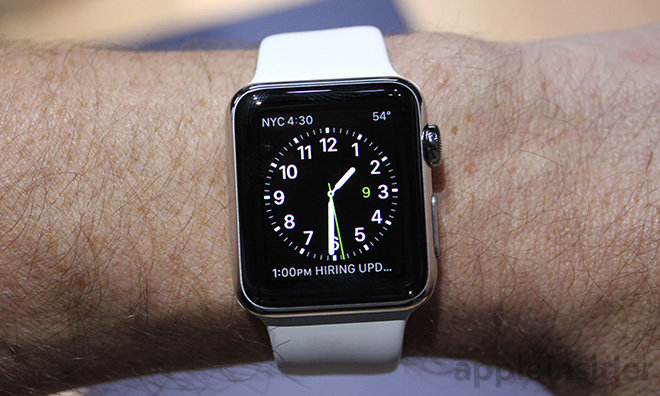

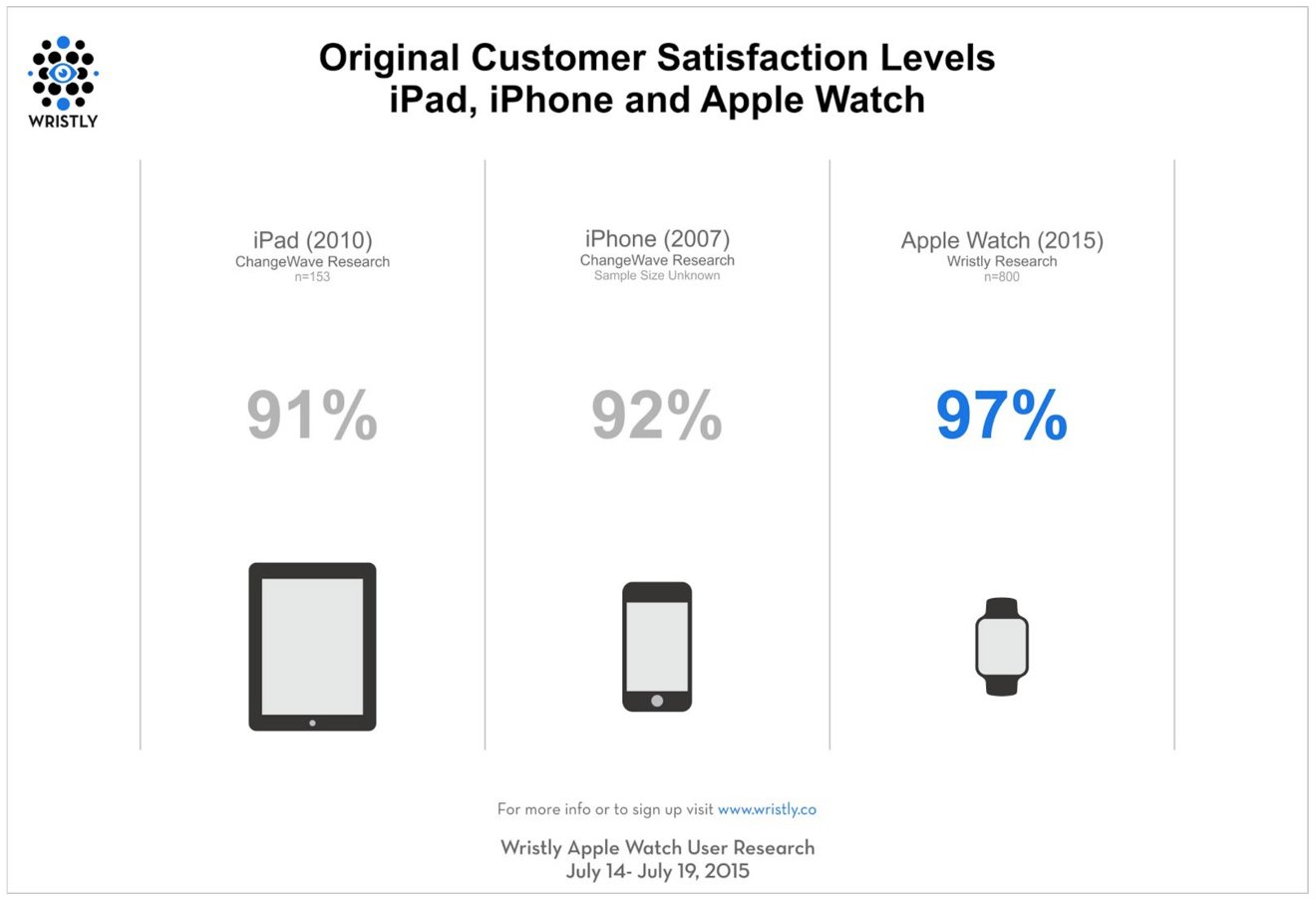
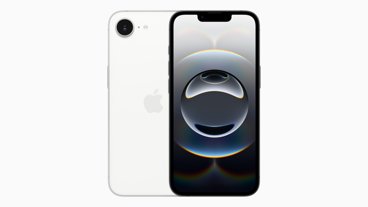
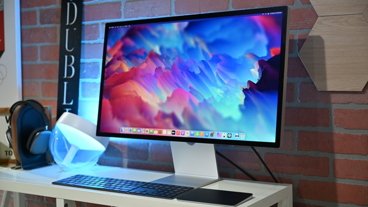
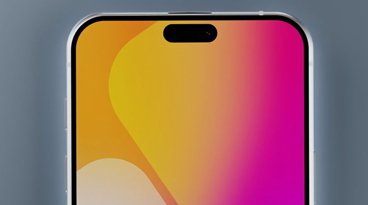

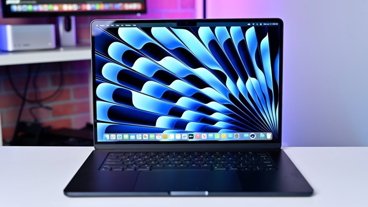


-m.jpg)



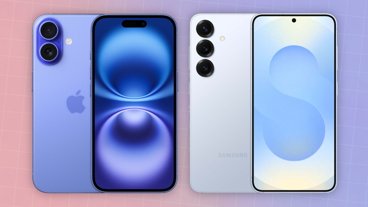
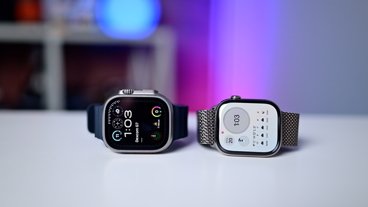
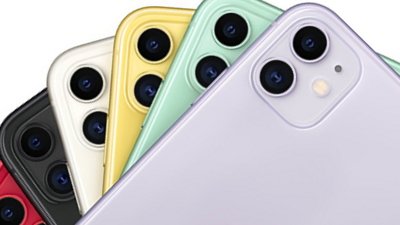
 William Gallagher
William Gallagher
 Mike Wuerthele
Mike Wuerthele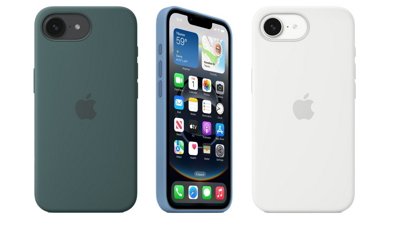
 Amber Neely
Amber Neely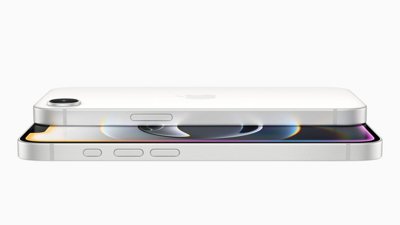
 Andrew Orr
Andrew Orr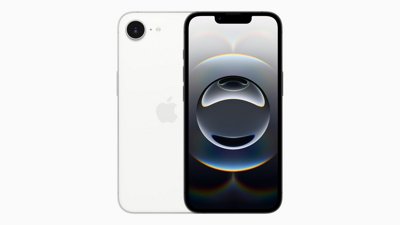
 Malcolm Owen
Malcolm Owen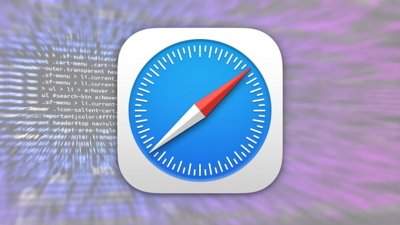
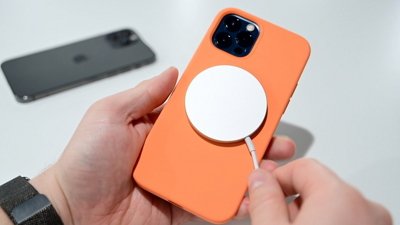
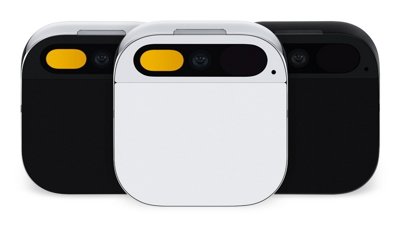
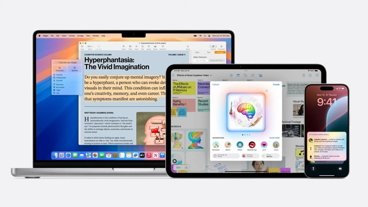


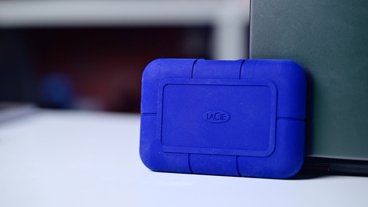

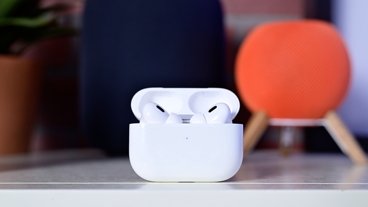


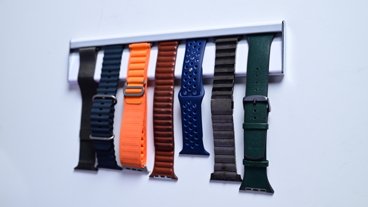

74 Comments
Canalys says Apple shipped (sold?) 4.2 million Apple Watches so far. Sounds pretty good IMO. I received this a bit ago: "Apple became the world’s leading vendor of wearable bands in Q2 2015, according to Canalys estimates. With 4.2 million shipments, it easily overtook Fitbit, Xiaomi and all the smart watch vendors, despite the Apple Watch’s significantly higher pricing. Apple has done an excellent job designing its WatchKit SDK, which it delivered quickly and comprehensively. Native WatchKit extensions provide a capable developer platform without sacrificing battery life. But early sales were hindered due to two factors. Firstly, Apple missed the Q4 2014 holiday season. Secondly, supply constraints stalled shipments for the first couple months after launch. ‘The Apple Watch is the most sophisticated smart watch to date, and it has proved popular with Apple fans worldwide. But Apple and other vendors still face important challenges to make the smart watch a breakout hit. Improvements in performance, battery life and sensor integration are needed to make future models more attractive, but it is the quality of third-party apps that will determine whether the Apple Watch will be a long-term success,’ said Chris Jones, VP and Principal Analyst at Canalys. Canalys will be providing its clients with full details on this story when its quarterly country-level wearable band estimates are published. If you are interested in further information, please contact us"
Can someone please tell Dilger that he does not always have to be such a apple matyr? He is great at pointing out where the media is bias- but can never see that his own articles are so far in the opposite side of the spectrum they are hard to trust. And please- if you need 45 paragraphs to make your point you are just trying to hard. Filled with the biggest words his thesaurus can conjure, the longest articles on this sites, and the kind of skewed attitude as though he has blinders on makes me skip over his articles. It's funny when you scroll and skip the Author name. Get less than a paragraph in and say "this is Dilger" scroll up and Yup! Or better yet if it takes you more than 3 flicks to reach the bottom! Condense- balance- and simplify!
Groan... NYT. Apple. 'Nuff said
Chen's criticisms (such as they are) apply to every smartwatch I am considering:
1. Polar V800
2. Suunto Ambit 3 Peak
3. Garmin Fenix 3
4. Apple Watch Sport
Essentially, this means that not only does Apple not agree with Chen's criteria; but neither do Polar, Suunto, Garmin, or any of the customers of all four.
[quote]New York Times should stick to credible reporting that describes what is actually happening.[/quote] The NYT hasn't been a credible source of news reporting in years